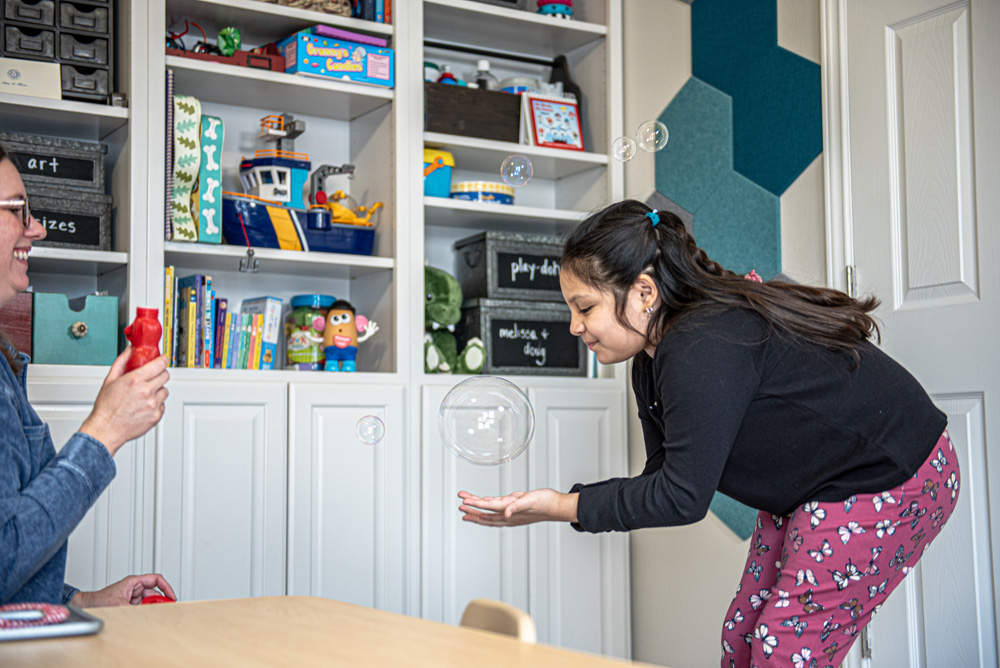Speech is how we produce sounds and words to communicate, relying on precise muscle movements in and around the mouth. It involves the coordination of the tongue, lips, jaw, and vocal cords to create clear and understandable speech.
When pronunciation, clarity, or coordination make speech challenging, a speech sound disorder may be present. Speech therapy helps individuals improve clarity, accuracy, and confidence in their communication.
✔ Articulation – The ability to produce speech sounds correctly.
✔ Phonological Processing – When patterns of sound errors affect multiple sounds.
✔ Motor Speech Disorders – Dysarthria and apraxia impact muscle control and coordination for speech.
Articulation and motor speech can be disordered during childhood development or may develop later in life due to brain injury, stroke, or another neurological event
Phonology, on the other hand, concerns the rules and patterns of speech sounds within a specific language. It governs how sounds combine to form words and phrases. A difficulty in understanding or applying these rules can lead to phonological disorders.
Together, articulation and phonology contribute to effective communication. When either process is disrupted, it can result in a speech disorder that affects a person’s ability to convey their thoughts clearly.

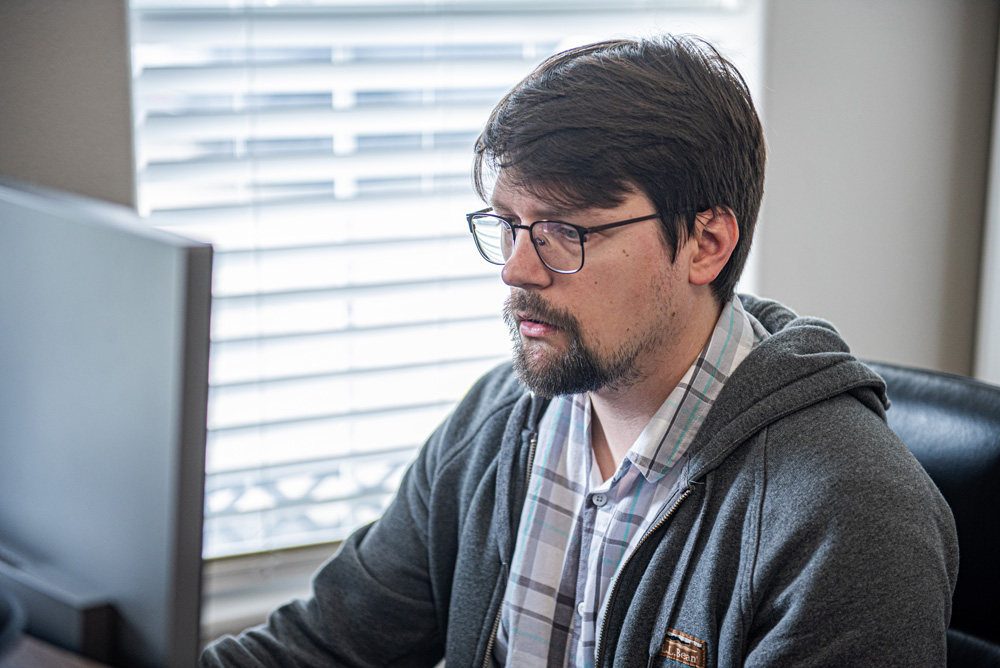
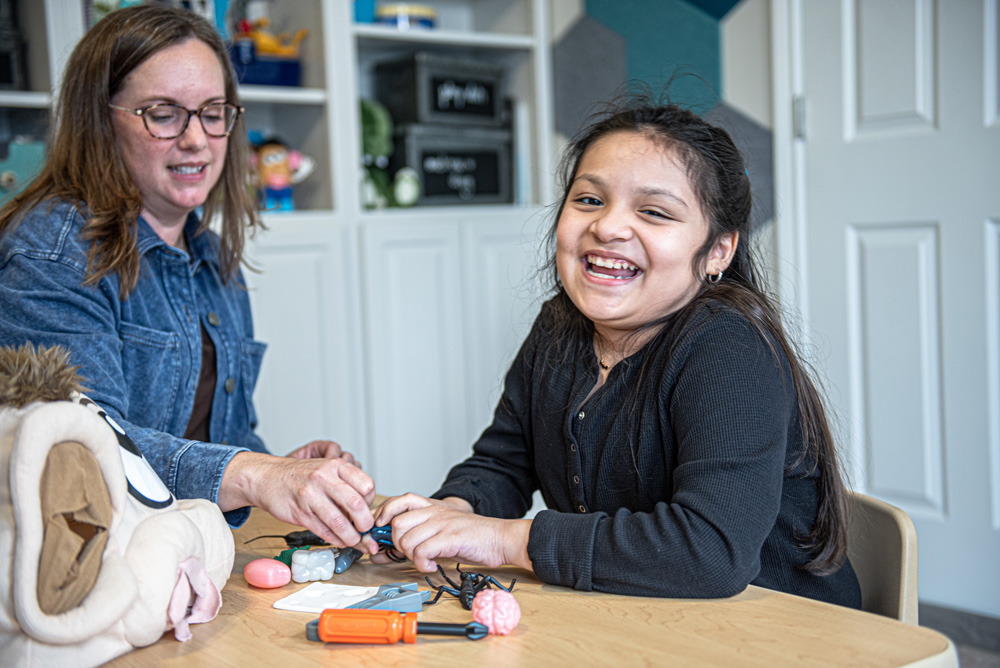

Speech is essential for learning, social interaction, and confidence. When speech difficulties arise, they can impact communication, self-esteem, and independence. The good news? Speech therapy helps individuals of all ages improve their communication skills and thrive.
Speech-related goals allow individuals to:
✅ Be understood more easily by others
✅ Expand their ability to express thoughts and ideas
✅ Refine pronunciation to match personal or professional needs
✅ Explore speech coordination strategies for clearer speech
✅ Feel confident in daily conversations
Phonological disorders, however, involve a pattern of speech sound errors beyond what is developmentally appropriate. Children with these disorders may simplify complex sounds or omit specific sounds altogether. Both articulation and phonological disorders can significantly impact a child’s conversational speech and overall communication skills.
If you or your child struggle with unclear speech, early intervention is key! Some common signs of speech disorders include:
For Children:
✔ Trouble pronouncing sounds beyond the expected age range
✔ Speech that remains unclear, even to familiar listeners
✔ Omitting or substituting sounds in words
✔ Frustration when trying to communicate
For Adults:
✔ Changes in speech clarity after a stroke, brain injury, or neurological condition
✔ Slurred, effortful, or robotic speech
✔ Difficulty coordinating mouth movements for speaking
✔ Speech differences that impact work or social interactions
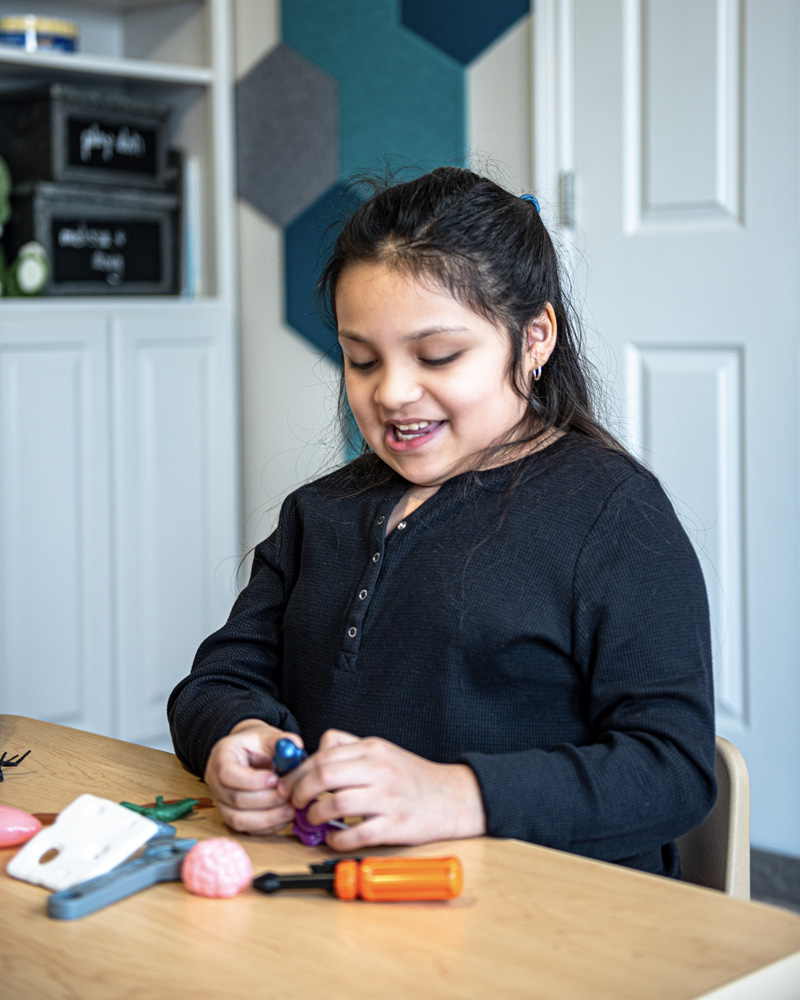
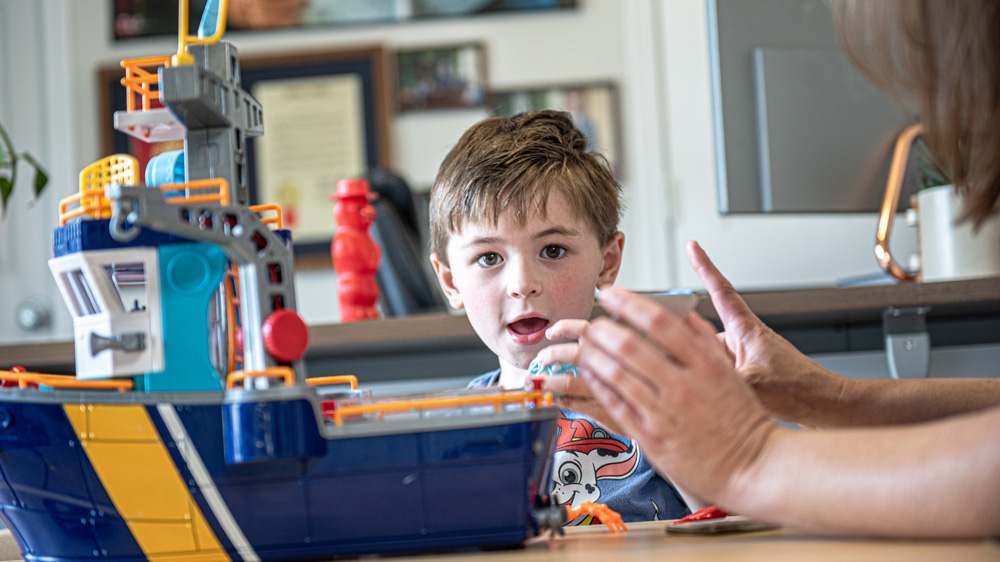
Speech development and abilities evolve from infancy through adulthood. While children refine their articulation and phonological skills, speech disorders can also appear in teens, adults, and older individuals due to medical or neurological conditions.
📌 Key Speech Milestones:
👶 Infants & Toddlers
✔ 0-6 months: Cooing, vowel-like sounds
✔ 6-12 months: Babbling (e.g., “ba-ba,” “da-da”) with varied pitch
✔ 12-18 months: Produces early speech sounds like p, b, m, d, and n
✔ 18-24 months: Expands to include t, k, g, f sounds
✔ By age 3: Speech is 50-75% understandable to unfamiliar listeners; improving sound clarity
🎒 Preschool & Early Elementary
✔ 3-4 years: Produces most consonants but may still have difficulty with r, l, s, ch, sh, th
✔ 4-5 years: Speech is mostly clear to unfamiliar listeners; improving blends (e.g., “spoon”)
✔ 5-6 years: Masters tricky sounds like r, l, s, v, z, ch, sh, th
✔ By 7 years: Nearly all speech sounds are developed, and articulation is clear in most settings
🧑🎓 Older Children and Adults
✔ 8-12 years: Fine-tuning speech clarity; may still refine complex consonant blends
✔ Adulthood: Speech is fully developed; modifications may be sought for accent clarity, professional speaking, or articulation refinement
✔ May experience articulation changes due to aging
✔ Neurological conditions (e.g., stroke, Parkinson’s) may affect speech clarity
References: American Speech-Language-Hearing Association (ASHA), National Institute on Deafness and Other Communication Disorders (NIDCD), Centers for Disease Control and Prevention (CDC), Children’s Hospital of Philadelphia (CHOP), and Stanford Children’s Health.
Speech difficulties can arise from various developmental, neurological, and physical factors. Common causes include:
✔ Developmental Differences – Some children need more time to master speech sounds.
✔ Hearing Loss – Limited exposure to sound can impact speech clarity.
✔ Neurological Conditions – Stroke, brain injury, and cerebral palsy can affect speech coordination.
✔ Genetics – Some disorders run in families or are linked to genetic conditions.
✔ Oral-Motor Challenges – Muscle coordination differences that impact articulation.
Speech sound disorders occur when an individual has difficulty producing speech sounds clearly, making communication challenging to understand. These disorders fall into three main categories:
✔ Articulation Disorders – Difficulty forming specific sounds due to incorrect tongue, lip, jaw, or palate movements. This can result in distorted, substituted, or omitted sounds that make speech unclear.
✔ Phonological Disorders – Instead of struggling with individual sounds, phonological disorders involve patterns of errors, where entire groups of sounds are mispronounced in predictable ways.
✔ Motor Speech Disorders – Speech requires precise muscle coordination. Disorders like apraxia and dysarthria affect muscle control and speech planning, often due to neurological conditions or developmental differences.

Speech-Language Pathologists evaluate, diagnose, and treat speech disorders. Speech production relies on precise muscle movements in the mouth, including the tongue, lips, teeth, and palate. When these movements are inaccurate or uncoordinated, speech clarity may be affected.
During a speech assessment, an SLP will:
✔ Observe speech production – Listen for sound errors and intelligibility
✔ Assess articulation & phonology – Identify sound challenges or patterned errors
✔ Evaluate motor speech function – Check for signs of apraxia or dysarthria
✔ Analyze oral-motor skills – Examine muscle coordination and strength
✔ Determine diagnosis and create a plan of care
A professional assessment provides valuable insight into speech patterns and the best path forward.
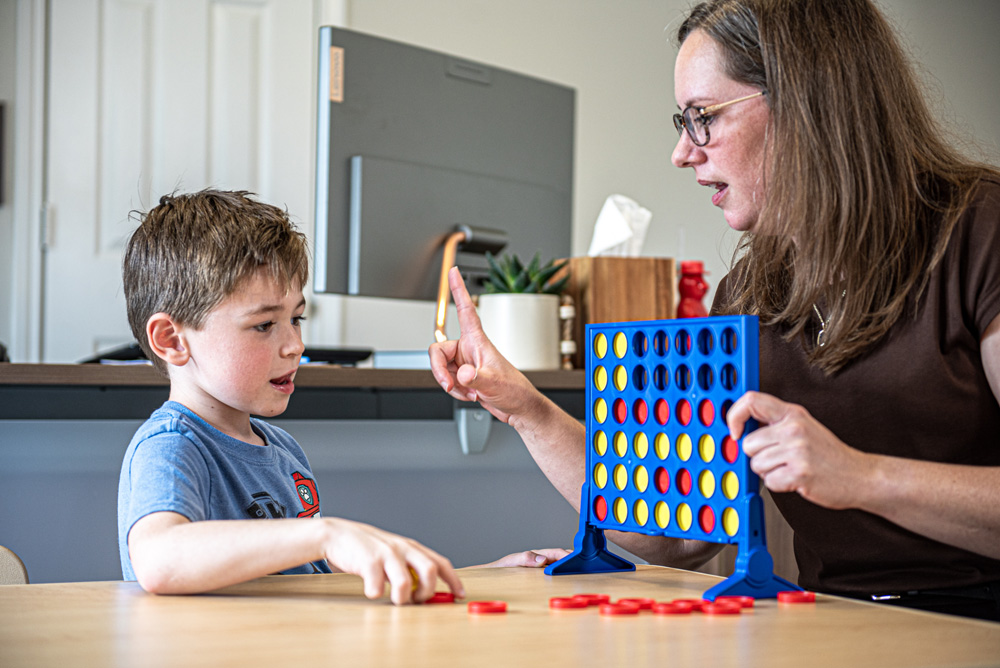
Speech therapy is customized to each individual’s needs, ensuring targeted practice and meaningful progress.
✔ Articulation Therapy – Teaching correct tongue, lip, and jaw placement for precise speech production.
✔ Phonological Therapy – Helping children correct patterned speech errors.
✔ Motor Speech Therapy – Improving speech coordination for clearer, more natural speech.
✔ Multisensory & Play-Based Methods – Engaging techniques that make learning fun.
With structured, engaging therapy, individuals gain clarity, confidence, and stronger communication skills!


Speech plays a vital role in communication, self-expression, and daily interactions. When speech challenges arise, therapy can improve clarity, confidence, and long-term success at any age.
📌 Key Points to Remember:
✔ Speech differences can impact communication, learning, and confidence.
✔ Early intervention leads to faster progress and better outcomes.
✔ A speech assessment helps determine the best treatment approach.
✔ Therapy is personalized, engaging, and designed for lasting success.

Hearing plays a critical role in speech development and clarity. When certain sounds aren’t heard clearly, it can affect a person’s ability to produce them accurately.
An audiological evaluation is an important part of a speech assessment, helping the speech-language pathologist determine if hearing is a contributing factor and plan the most effective treatment.

